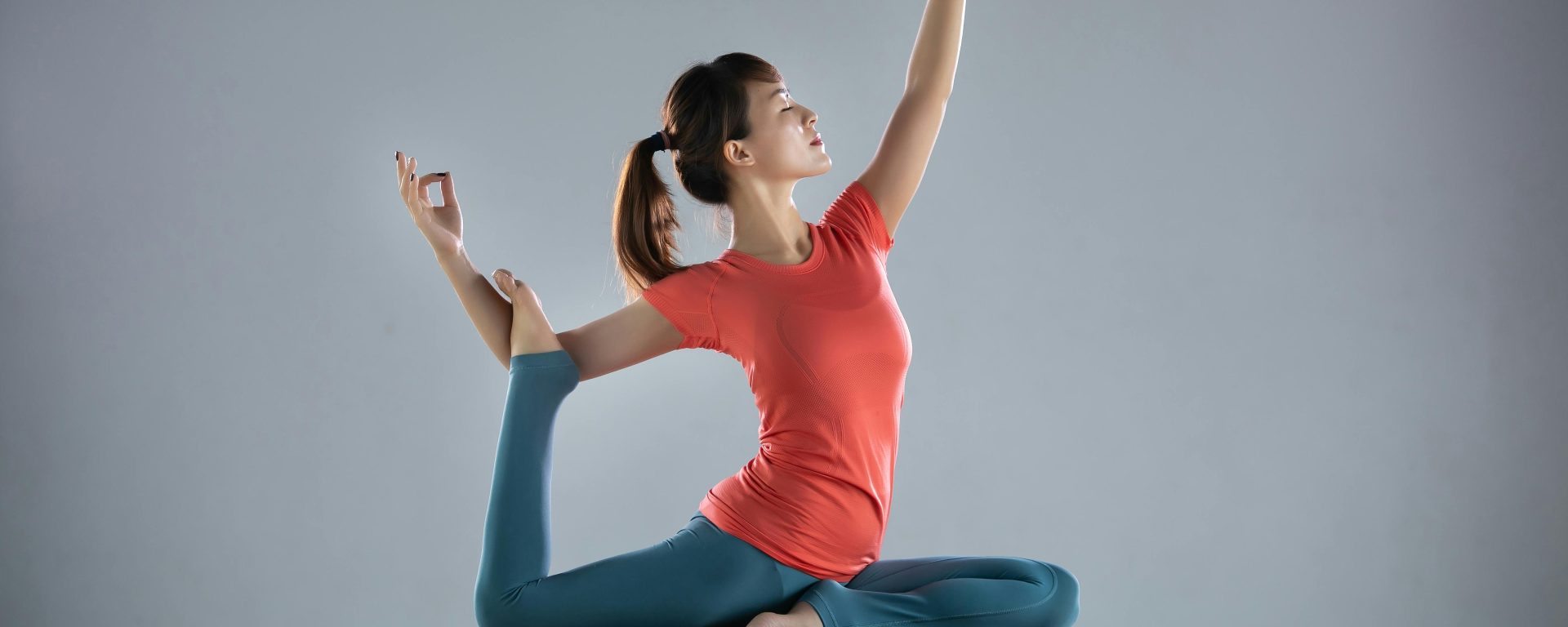In 2017, a study by Perajit Eamsobhana and colleagues has cast doubt on the effectiveness of parental stretching programs in treating metatarsus adductus (MA), a common foot deformity in newborns. Traditionally, MA, which causes the front half of the foot to turn inward, is managed through observation, with corrective casting recommended if the condition persists beyond 4-6 months of age. However, there has been little scientific research on whether stretching exercises, performed by parents, could offer an alternative approach to early intervention.
The research team conducted a randomized trial involving 94 newborn feet diagnosed with MA. Participants were divided into two groups: one receiving only observation, and the other engaging in a parental stretching program. The study aimed to compare the success rates of each method in correcting the deformity.
Results showed no statistically significant difference between the two groups. According to Pearson’s χ2 test, the stretching program did not improve outcomes compared to simple observation (p = 0.191). The lack of efficacy was seen across different severity levels of the deformity, including mild (p = 0.134) and moderate-to-severe cases (p = 0.274).
Interestingly, while the stretching group initially showed a more rapid rate of improvement at the first month follow-up, this early progress did not persist, and over time, the observation group achieved similar or better outcomes, particularly for moderate-to-severe cases.
The study’s authors concluded that parental stretching programs offer no advantage over observation in treating MA and may even have a lower success rate for more severe cases. They recommend following the established practice of observing newborns until 4-6 months of age before considering corrective casting if the deformity persists.
These findings challenge the idea that early intervention through parental stretching can provide significant benefits, suggesting that passive observation remains the best course of action for most newborns with MA.
Reference: Eamsobhana, P., Rojjananukulpong, K., Ariyawatkul, T., Chotigavanichaya, C., & Kaewpornsawan, K. (2017). Does the parental stretching programs improve metatarsus adductus in newborns?. Journal of Orthopaedic Surgery, 25(1), 2309499017690320.
